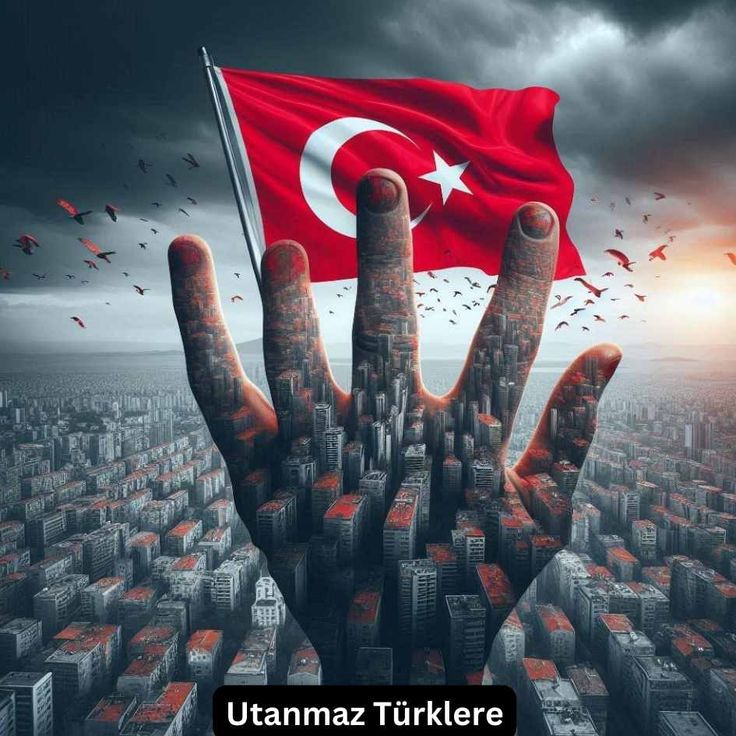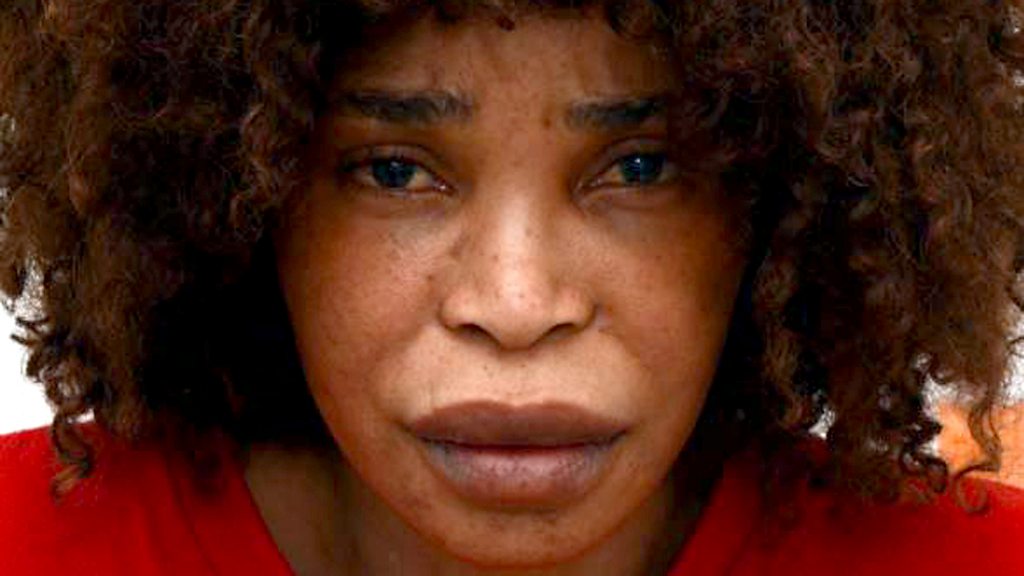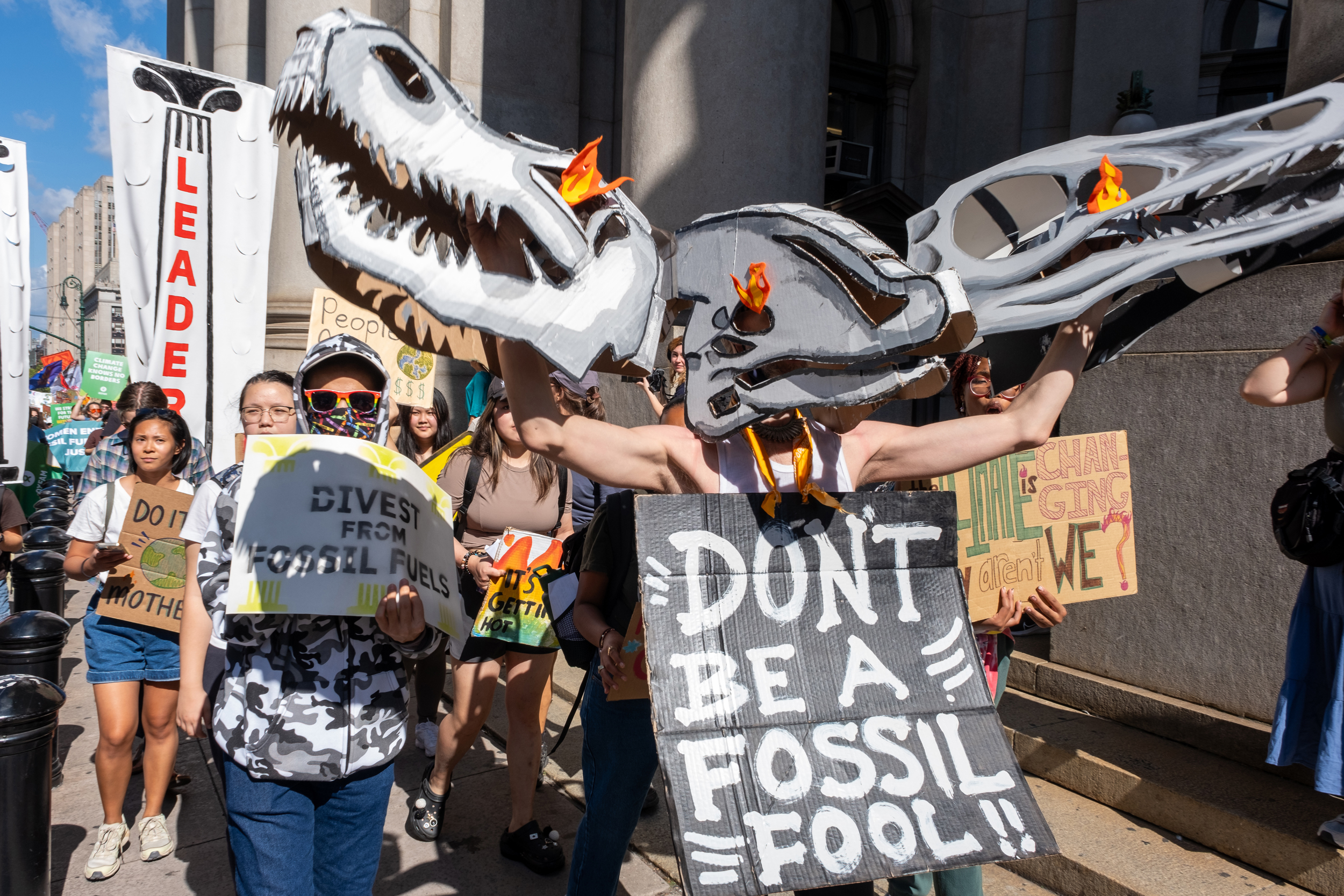Turkish culture is incredibly complex, shaped by centuries of rich history, geographic influences, and diverse interactions with neighboring civilizations. However, in modern times, phrases like “utanmaz Türklere” (meaning “shameless Turks”) have emerged as a form of cultural criticism. This term reflects the frustration of some within Turkish society about certain behaviors that are seen as inconsistent with traditional values, manners, or morals.
In recent years, “utanmaz Türklere” has become a topic of discussion both in Turkey and among the global Turkish diaspora. It is often used in moments of anger or social commentary, especially when addressing perceived issues of moral decay or societal shift. To truly grasp what “utanmaz Türklere” represents, we must dive deep into the Turkish identity, societal values, and how modernization has both enriched and complicated the nation’s culture.
The Role of Honor and Shame in Turkish Culture
For centuries, honor (or “onur”) and shame (“utanç”) have been central themes in Turkish social values. The concept of “honor” is often linked to personal dignity, reputation, and family pride. Conversely, shame has been used to enforce societal norms, discouraging behaviors that would reflect poorly on the individual, their family, or the broader community.
The idea of “shame” as a social tool has been ingrained deeply within Turkey’s cultural and religious framework. For example, inappropriate public behavior or actions that go against societal expectations have traditionally been met with disdain or punishment. Family structures, particularly in rural or conservative areas, emphasize this dynamic, making “shame” a powerful mechanism of control and cohesion.
However, as modernization has swept across Turkey—particularly in urban centers like Istanbul, Ankara, and Izmir—traditional values have been challenged. This is where the term “utanmaz Türklere” comes into play. It reflects a growing sentiment among those who feel that some members of society have lost their sense of shame, engaging in what they consider to be disgraceful or dishonorable actions.
Cultural Shifts and the Emergence of “Utanmaz Türklere”
Turkey’s transformation from a largely agrarian society to a modern, secular state has been rapid, especially following the founding of the Republic in 1923 by Mustafa Kemal Atatürk. Westernization efforts, combined with globalization, have introduced new social norms, lifestyles, and behaviors. While many have embraced these changes, others view them as a departure from traditional Turkish values.
“Utanmaz Türklere” is a phrase that captures this cultural tension. For the more conservative or traditional segments of the population, certain behaviors—such as public displays of affection, less modest dress, and more liberal social attitudes—are seen as signs that some Turks have become “shameless.” These individuals are perceived as having abandoned the cultural norms that once defined Turkish identity, leading to a broader discourse about morality, pride, and national character.
The Intersection of Modernity and Conservatism in Turkey
At the heart of the “utanmaz Türklere” sentiment is the ongoing clash between modernity and conservatism. Turkey, geographically straddling both Europe and Asia, has always been at a crossroads of cultures. This unique position has resulted in a society where East meets West, and where secularism meets tradition.
In large cities, where exposure to Western lifestyles and values is most apparent, the criticism of “shamelessness” often targets the youth, celebrities, or individuals who openly challenge traditional gender roles or religious practices. However, this criticism is not just reserved for the younger generations. The phrase can also be directed toward political figures, media personalities, and others seen as embodying or promoting behaviors that are “against” the Turkish moral fabric.
On the other hand, many Turks, particularly those from younger or more progressive backgrounds, argue that what some call “shamelessness” is simply the natural evolution of a modern society. For them, embracing Western ideals such as freedom of expression, individuality, and gender equality is a positive step toward a more open and inclusive nation.
Criticism and Political Undertones
The phrase “utanmaz Türklere” also carries strong political undertones. Turkey has experienced significant political polarization, particularly between secularists and Islamists, liberals and conservatives, as well as between various ethnic groups and political movements. Each of these factions has its own vision of what Turkey should be, and accusations of “shamelessness” are often used to discredit political opponents or cultural movements.
For example, liberal groups might be accused of being “shameless” for advocating for LGBTQ+ rights, secularism, or feminist causes. Meanwhile, more conservative figures, including those in political power, may face accusations of shamelessness for corruption, authoritarianism, or for aligning with policies that are viewed as undemocratic.
In this way, the term has become a tool not just for personal or social criticism, but also for larger political battles about the future direction of Turkey as a nation.
Social Media Amplifying the Conversation
In recent years, social media platforms have played a huge role in amplifying the conversation around “utanmaz Türklere.” These digital spaces have given a voice to individuals who feel that certain aspects of Turkish society are eroding traditional values. On platforms like Twitter, Instagram, and Facebook, viral posts often highlight behaviors considered scandalous or inappropriate, sparking heated debates about morality, identity, and shame.
However, this also works both ways. Progressive and liberal voices have used social media to push back against accusations of “shamelessness,” defending their right to live as they choose and questioning the relevance of traditional values in a modern, democratic society. In this digital age, the discourse around “utanmaz Türklere” reflects the broader, ongoing debate about Turkish identity.
The Future of Turkish Identity and Values
So, what does the future hold for Turkey in terms of its values and identity? The conversation around “utanmaz Türklere” suggests that the nation is at a cultural crossroads. On one hand, there is a deep respect for tradition, history, and the values that have shaped Turkey for centuries. On the other, there is a growing acceptance of new social norms, driven by globalization, urbanization, and a more connected world.
While the term “utanmaz Türklere” may seem negative, it highlights an important reality: Turkey is a dynamic, evolving country. Its people are diverse, with different perspectives on what it means to be Turkish. As these conversations continue to unfold, the key will be finding a balance between maintaining cultural integrity while embracing the inevitable changes of modern life.
FAQs
What does “utanmaz Türklere” mean?
The term “utanmaz Türklere” translates to “shameless Turks” and is used as a form of cultural criticism to describe behaviors that are perceived as dishonorable or inconsistent with traditional Turkish values.
Is “utanmaz Türklere” commonly used in Turkey?
Yes, especially in social commentary and discussions about morality, cultural identity, or societal changes. It reflects the tension between modern and traditional values.
How does modernization contribute to the “utanmaz Türklere” sentiment?
Modernization has brought new social norms, behaviors, and values that some feel are at odds with Turkey’s traditional moral framework, leading to accusations of “shamelessness” in certain sectors of society.
Is this term only used against young people?
No, it can be directed toward anyone—young or old—who is perceived as engaging in behaviors that go against societal expectations or values.
What role does social media play in this conversation?
Social media amplifies discussions about “utanmaz Türklere” by giving a platform to both critics and defenders of changing societal behaviors, sparking national and even international debates.
How does “utanmaz Türklere” relate to Turkey’s political landscape?
The phrase has political undertones and is often used to criticize opponents or factions that are seen as promoting behaviors or policies that go against traditional values, contributing to the country’s broader cultural and political divide.
Conclusion
The term “utanmaz Türklere” is a reflection of the deep and ongoing conversation about Turkish identity. As the country continues to modernize and evolve, these debates about tradition, shame, and societal norms will likely persist. Ultimately, the future of Turkey lies in the balance between honoring its rich cultural history and adapting to the demands of an increasingly globalized world.

 Life Style1 month ago
Life Style1 month ago
 Life Style1 month ago
Life Style1 month ago
 Life Style1 month ago
Life Style1 month ago
 News1 month ago
News1 month ago
 Life Style1 month ago
Life Style1 month ago
 News1 month ago
News1 month ago
 Tech1 month ago
Tech1 month ago
 News1 month ago
News1 month ago




